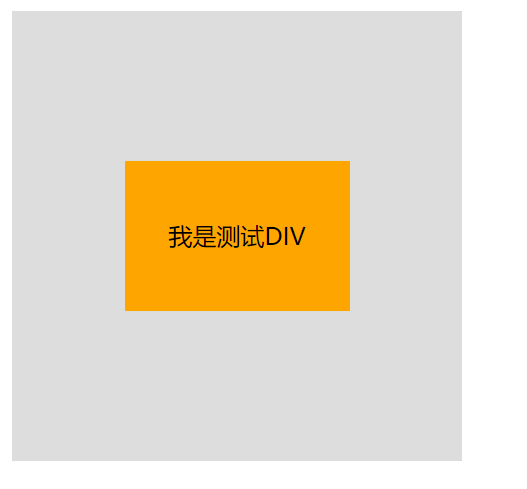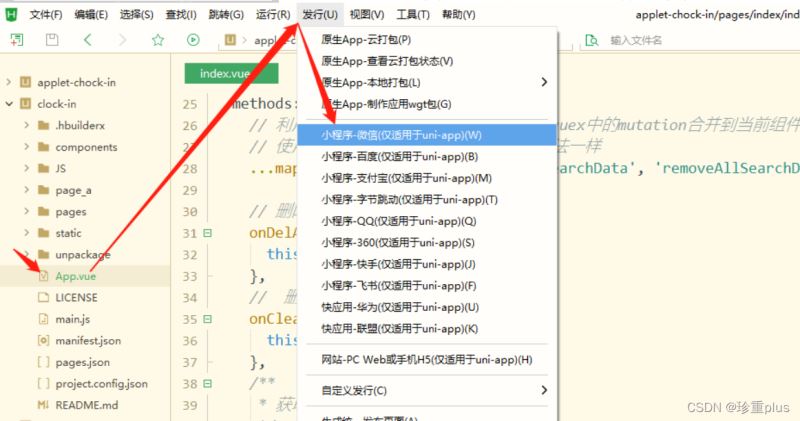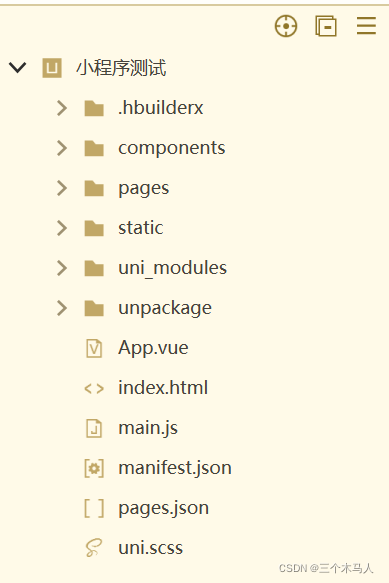下面是Vuex实现计数器以及列表展示效果的详细攻略。
下面是Vuex实现计数器以及列表展示效果的详细攻略。
1. 环境准备
首先,需要安装Vue.js和Vuex。可以使用Vue CLI来快速搭建一个Vue.js项目,并在其中添加Vuex。
2. 状态管理
Vuex是一个状态管理工具,用于在Vue.js中管理应用程序的所有组件的状态。简单来说,它是一个全局状态存储库,用于存储和管理应用程序的所有状态。
Vuex的基本概念包括:state(状态)、getters(计算属性)、mutations(同步修改状态)、actions(异步修改状态)。
首先,在Vuex中定义状态:
const state = {
count: 0,
list: []
}
这里定义了一个计数器状态和一个列表状态,初始值分别为0和空数组。
接下来,定义一个getter来计算列表中的元素个数:
const getters = {
listLength: state => {
return state.list.length
}
}
这个getter会返回state中list属性的长度,也就是列表中的元素个数。
然后,定义mutations来同步修改状态:
const mutations = {
incrementCount(state) {
state.count++
},
decrementCount(state) {
state.count--
},
addToList(state, item) {
state.list.push(item)
},
removeFromList(state, index) {
state.list.splice(index, 1)
}
}
这里定义了四个mutations:incrementCount、decrementCount、addToList和removeFromList。分别用于增加计数器的值、减少计数器的值、向列表中添加一个元素和从列表中删除一个元素。
最后,定义actions来异步修改状态:
const actions = {
increment: ({ commit }) => commit('incrementCount'),
decrement: ({ commit }) => commit('decrementCount'),
add: ({ commit }, item) => commit('addToList', item),
remove: ({ commit }, index) => commit('removeFromList', index)
}
这里定义了四个actions:increment、decrement、add和remove。分别对应mutations中的四个方法。例如,当调用increment时,会调用incrementCount方法来增加计数器的值。
3. 组件使用
完成Vuex的状态管理之后,就可以在Vue.js组件中使用了。
3.1 计数器示例
首先,定义一个计数器组件:
<template>
<div>
<button @click="increment">+</button>
<span>{{ count }}</span>
<button @click="decrement">-</button>
</div>
</template>
<script>
export default {
computed: {
count() {
return this.$store.state.count
}
},
methods: {
increment() {
this.$store.dispatch('increment')
},
decrement() {
this.$store.dispatch('decrement')
}
}
}
</script>
这里通过computed属性获取计数器状态,然后通过methods属性来调用actions来实现计数器的加减操作。
3.2 列表展示示例
接下来,定义一个用于展示列表的组件:
<template>
<div>
<h2>List</h2>
<ul>
<li v-for="(item, index) in list" :key="index">
{{ item }}
<button @click="remove(index)">x</button>
</li>
</ul>
<form @submit.prevent="add">
<input type="text" v-model="newItem">
<button>Add</button>
</form>
<p>Total: {{ listLength }}</p>
</div>
</template>
<script>
export default {
data() {
return {
newItem: ''
}
},
computed: {
list() {
return this.$store.state.list
},
listLength() {
return this.$store.getters.listLength
}
},
methods: {
add() {
if (this.newItem) {
this.$store.dispatch('add', this.newItem)
this.newItem = ''
}
},
remove(index) {
this.$store.dispatch('remove', index)
}
}
}
</script>
这里通过computed属性来获取列表状态和列表长度,然后通过methods属性来调用actions来实现向列表中添加元素和删除元素的操作。
另外,为了方便起见,在form元素中添加了一个@submit.prevent事件处理程序来阻止默认提交行为。
至此,Vuex实现计数器和列表展示已经搭建完成。在组件中使用时,只需像下面这样:
<template>
<div>
<counter></counter>
<list></list>
</div>
</template>
<script>
import counter from './counter'
import list from './list'
export default {
components: {
counter,
list
}
}
</script>
这样就可以在同一个页面中展示计数器和列表了。
以上是Vuex实现计数器和列表展示的完整攻略,希望对你有所帮助。
本文标题为:Vuex实现计数器以及列表展示效果


基础教程推荐
- Ajax实现动态加载数据 2023-02-01
- 基于Vue制作组织架构树组件 2024-04-08
- js禁止页面刷新与后退的方法 2024-01-08
- 浅析canvas元素的html尺寸和css尺寸对元素视觉的影响 2024-04-26
- vue离线环境如何安装脚手架vue-cli 2025-01-19
- this[] 指的是什么内容 讨论 2023-11-30
- JS前端广告拦截实现原理解析 2024-04-22
- CSS3的几个标签速记(推荐) 2024-04-07
- 关于文字内容过长,导致文本内容超出html 标签宽度的解决方法之自动换行 2023-10-28
- 浅谈Vue2和Vue3的数据响应 2023-10-08

















